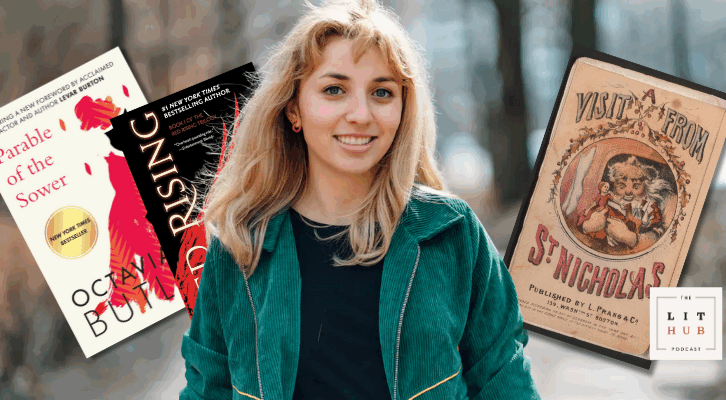The 2008 documentary Have You Seen Andy? is, sadly, not a unique true crime story. An unsolved mystery, a missing child, a devastating family tragedy… it fits neatly into the seemingly endless list of heartbreaking disappearances that leave families lost and broken. What snagged the fabric of my attention in this tale was the narrator: the filmmaker, Melanie Perkins, had been Andy’s childhood friend when he disappeared at age 10. His disappearance was written into her being, and she couldn’t leave Andy behind. She was a nine-year-old girl when her best friend went missing, and I’m sure her part of the story was remembered by her parents, and perhaps Andy’s mother thought of her occasionally, but she had nothing to do with the actual crime. She was not family, she was neither witness nor victim, she wasn’t mentioned in any news story, yet she was utterly changed in ways no one else could see.
I’ve been thinking more about these people on the periphery of violence as I read or listen to crime stories. Of course, we all keep the victims and their families in our thoughts. We might even wonder about the families of murderers. What did they know? What was it like when they found out the truth? How did they live with the aftermath? Violence spreads out past the horizon in endless ripples, affecting not just the people we can name, but the generations that come after.
There are always so many more victims beyond the obvious, which is why I absolutely adore podcasts like Criminal and Family Secrets, and my favorite of all, the “hometown story” episodes of My Favorite Murder. I want to hear all about the uncle whose best friend’s father was a serial killer. I want to know how that changed everyone in his neighborhood. How it affected family and community trust. Tell me more!
When you’re a consumer of murderous tales, there are lots of these little threads that trail off along the way, left to fray and disappear. Brief mentions of a victim whose husband was the number one suspect for years until the real killer was caught. An innocent man who dated a monster before the crimes came to light. The little girl who was playing with her friend when the kidnapping occurred. Consider that lifelong impact. On friends, family, and even strangers. What a huge, unmappable explosion just one incidence of violence can be. A nuclear bomb is dropped, and we can’t even see the decades of damage that spread out far beyond the impact zone.
That was the spark that led to my latest suspense novel, The Last One Home. Lauren Abrams wasn’t even born when her father was sent to prison for murder based on her mother’s testimony. When a serial killer confesses to the murder ten years later, her dad is released, but there is no taking back the devastation. Even at thirty-five Lauren is still navigating a sea of emotional damage and family estrangement. The ripples of doubt and resentment still regularly wash over her, and she can’t seem to escape the violent act tangled up in her origin.
After all those months plotting and writing, I notice those threads so much more often in what I read, and I’m constantly seeking out more information. Here are a few of my recent favorite reads that dive deep into how an act of violence can change families, communities, and generations in ways that float hidden beneath the surface.

The Third Rainbow Girl: The Long Life of a Double Murder in Appalachia
by Emma Copley Eisenberg
An engrossing memoir wrapped up in a cold case, this book looks at the tangle of accusation, suspicion, and grief that invade a small town in West Virginia when two outsiders are shot to death on the side of the road. Everyone is sure these women were murdered by a local, which means the unidentified murderer is someone they all know. That certainty reveals brittle tensions between friends, families, and local law enforcement.
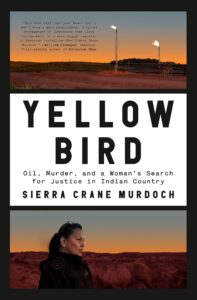
Yellow Bird: Oil, Murder, and a Woman’s Search for Justice in Indian Country
by Sierra Crane Murdoch
This book is a riveting story of an unlikely crusader working through the centuries of crimes against the Arikara, Mandan, and Hidatsa Nations that lead to a murder in the oil fields on Fort Berthold Indian Reservation. Lissa Yellow Bird becomes obsessed with helping find a missing man, and in her quest for answers, she turns up more and more questions about what has been happening in her community amidst the North Dakota oil boom.
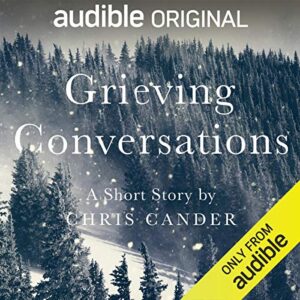
Grieving Conversations
by Chris Cander
This moving short story on Audible is an easy listen about a sheriff whose day-long search for a missing baby dredges up decades of grief, death, and the heartache of suspicion in a fractured family.
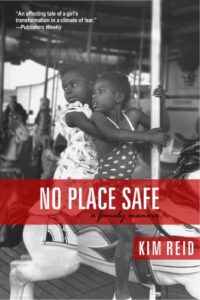
No Place Safe: A Family Memoir
by Kim Reid
Kim Reid was a young teenager in Atlanta during the infamous years of the Atlanta Child Murders. She not only had the full experience of living with that fear in her own neighborhood, she got a front row seat to the investigation via her mother, a detective for the county district attorney. Her fascinating story captures the crushing pressure of moving through neighborhoods stalked by a monstrous serial killer while also navigating life as a Black child attending a white private school.

True Crime Addict: How I Lost Myself in the Mysterious Disappearance of Maura Murray
by James Renner
When James Renner was eleven years old, a young girl went missing near his home. He was bombarded by Missing posters and pictures of Amy Mihaljevic, a girl he’d never met, and the experience imprinted on his adolescent soul. Her murder has never been solved, though he hasn’t stopped looking for answers. That one obsession led to a career centered on mysterious cases like the disappearance of Maura Murray, but spending his life researching and writing about awful crimes has left him suffering from PTSD and struggling with the complexities of life that will never be solved as neatly as a murder.
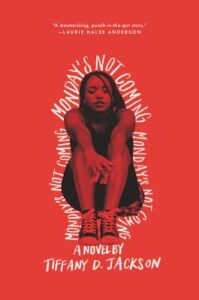
Monday’s Not Coming
by Tiffany D. Jackson
This is a searing young adult novel about a teenager whose best friend simply disappears, leaving her to navigate high school alone while grappling with the increasingly terrifying realization that no one else seems to care. She’s on her own with her grief and confusion as she searches for the truth about a girl she loves like a sister and desperately needs back.
***










